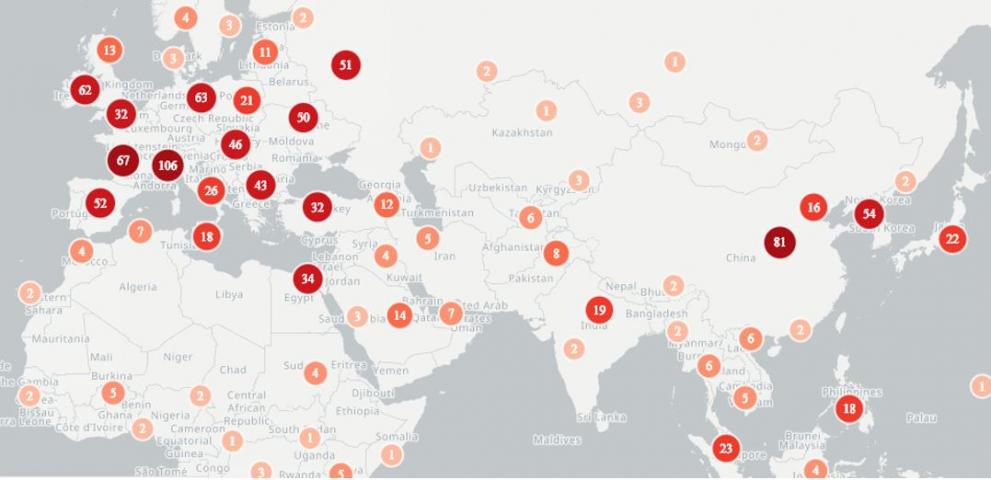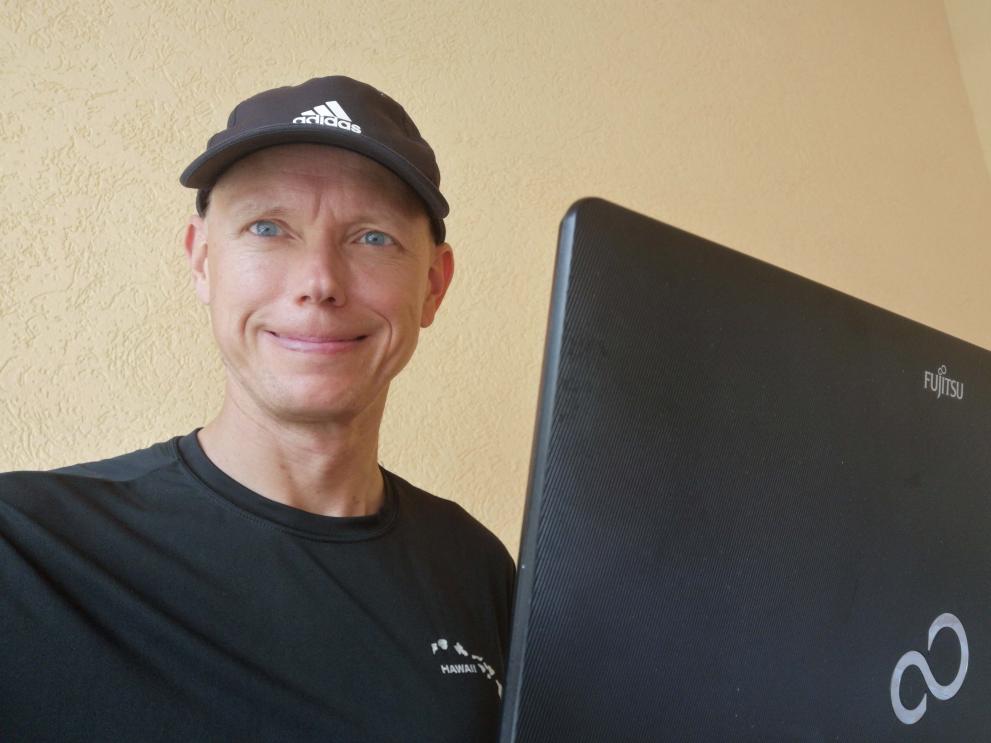
JRC analyst Jens Linge’s day starts early – 6:30am to be precise. He’s been working from home since the start of social distancing measures in Lombardy, Italy, providing daily morning news briefs on coronavirus.
His work is helping experts track the pandemic and push back on misinformation.
Originally from Karlsruhe, Germany, Jens has worked in the text and data mining unit of the JRC for the past 11 years.
We caught up with him to find out how work life has changed these past weeks and what he and his teammates are doing to help with the EU’s efforts to tackle the crisis.
What sort of research do you do for the JRC?
My work focuses on epidemic intelligence. We develop systems designed to monitor the media and detect early signals of outbreaks of communicable diseases, as well as threats to public health in general.
To do this, our unit has developed several systems for media monitoring, including the Europe Media Monitor (EMM) and MEDISYS, the medical information system.
We’ve also been working closely with the World Health Organisation over the past 10 years to establish the Epidemic Intelligence from Open Source (EIOS) system. This system helped WHO to detect the first signs of the COVID-19 outbreak in Wuhan at the end of December last year, and has since been used to trace the spread of the disease globally – up to and including when the disease arrived on our doorstep in the Lombardy region.
We have also used the system to develop a big screen map application which tracks the latest news items on COVID-19.
How has your working life changed due to the coronavirus pandemic?

My unit focuses on developing the expert systems used for media monitoring. This means that, under normal circumstances, most of the team spend more time on software development than on report writing.
However, as the scale of the COVID-19 outbreak became more and more clear to us, we decided to start sending out a daily two-page brief that summarises the latest media reports, activities on Twitter and misinformation available on the internet.
The brief is shared across European Commission departments and contributes to the President’s daily situation report. A publicly available version is sent to the WHO, EU agencies and a growing list of experts from public health authorities. We also publish it daily on the JRC Science Hub.
Getting this done has meant adjusting our daily routine a bit. Three of us are now working late at night and early in the morning to get the daily brief out by around 10:00am each day.
My two teammates, Irene and Bonka, work late to provide input before midnight, focusing on multilingual news clusters and interpreting the main events of the day. Then I pick it up in the morning - I usually start writing the report at 6:30am and finish around 10:00am.
Who else is using your research?
Over the years we have observed that media monitoring can provide important data across many fields in a timely fashion, thereby helping public health authorities in their daily work.
The whole field of event-based monitoring and epidemic intelligence has grown significantly over the last 12 years. With our systems, we were able to detect and track several important outbreaks such as avian flu, swine flu, Ebola in Western Africa, EHEC, MERS and COVID-19.
Other experts use our information too. For example, the European Food Safety Authority (EFSA) uses MEDISYS to track plant health threats, from which they publish monthly reports. Our JRC colleagues in Geel, Belgium also use MEDISYS to identify publicly-available media reports about food fraud.
In fact, for more than a decade, our unit has been working with partners across Europe:
- the Commission’s department for health and food safety (DG SANTE) on health, misinformation, vaccine hesitancy, and communication;
- the European Centre for Disease Prevention and Control (ECDC) on outbreaks of communicable diseases;
- EFSA on plant health threats and communications;
- the European Monitoring Centre for Drugs and Drug (EMCDDA) tracking of drug abuse, opiates, and seizures of cocaine and heroin;
- the G7 countries for monitoring of public health threats;
- WHO on outbreaks of communicable diseases, all threats in a one-health approach.
We also work with university partners and national health organisations, such as the Istituto Superiore di Sanità in Rome. Actually, we happened to be conducting training for the ISS in Rome the day before they had their first two COVID-19 cases.
Related Content
Solidarity with Europe – JRC science to tackle the coronavirus crisis
Details
- Publication date
- 6 April 2020
